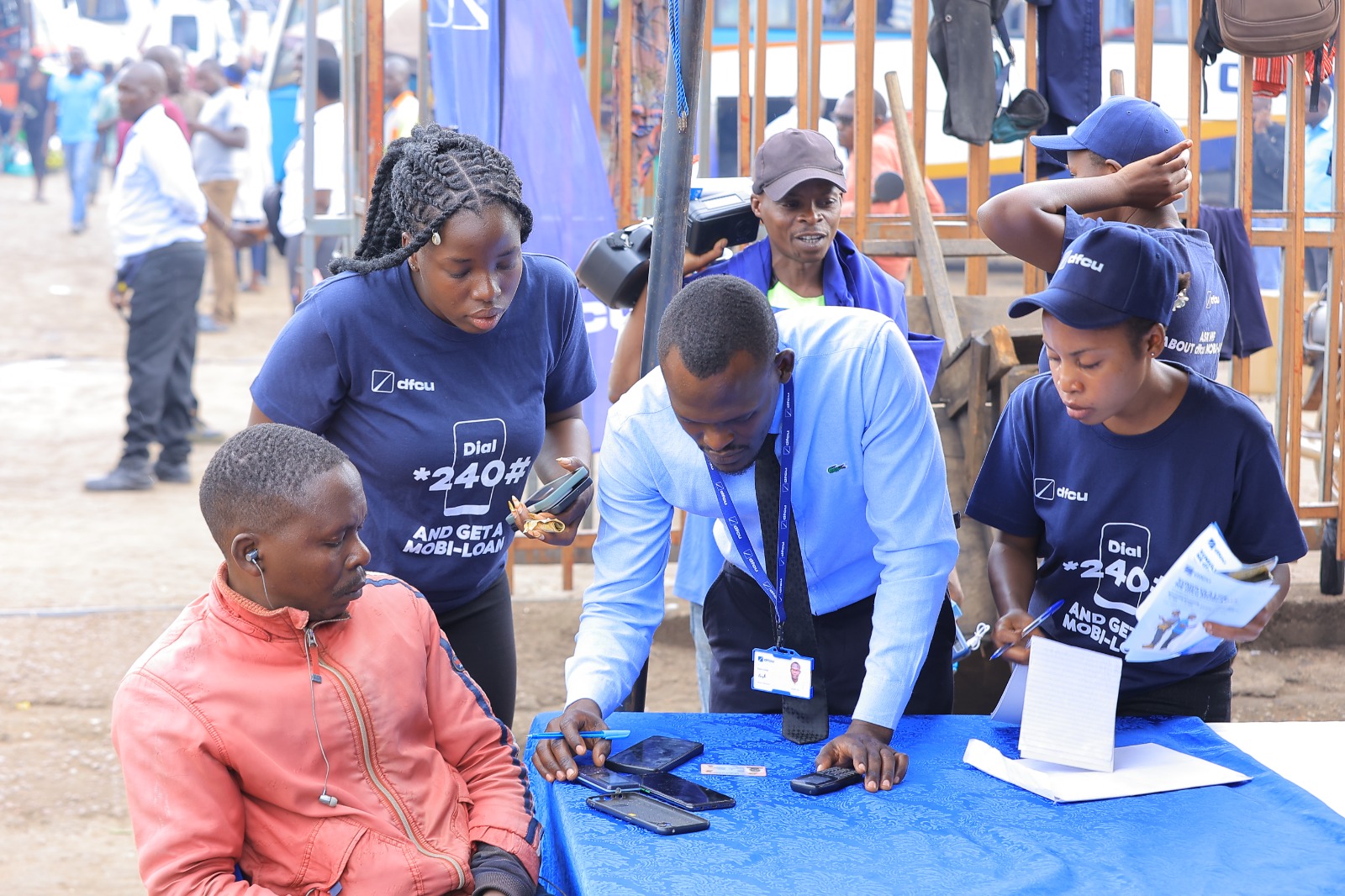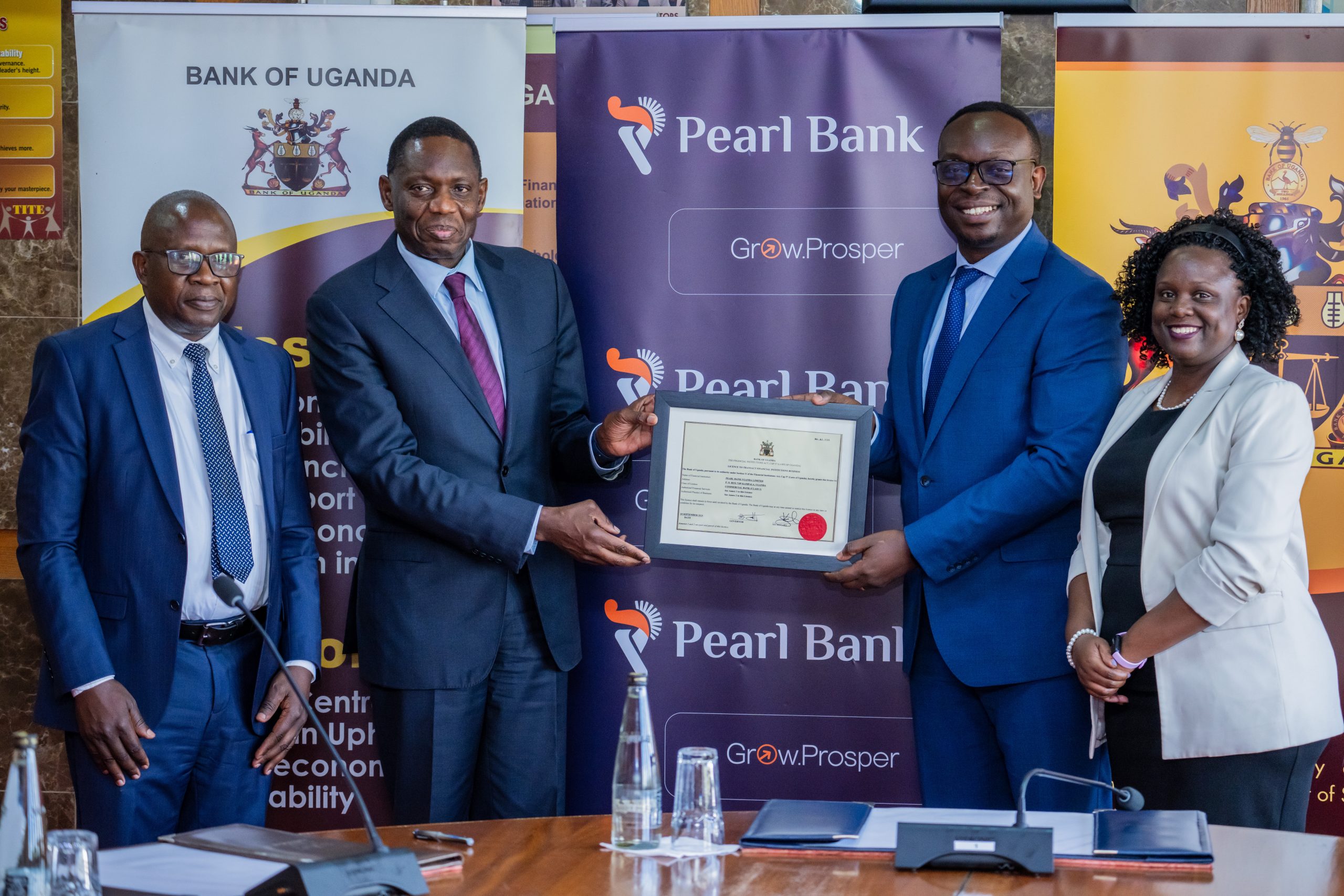Sheilla Kemigisa the Head of Human Capital at Multichoice Uganda
Employee engagement is the lifeblood of any successful organization. According to Forbes, employee engagement is the emotional commitment the employee has to the organization and its goals. It drives productivity, sparks innovation, and fosters a workplace culture where employees are motivated to perform at their best. However, maintaining high levels of engagement requires a thoughtful, holistic approach that addresses employees’ physical, mental, and emotional well-being.
To improve engagement, it is essential to first measure it. Without understanding your current position, progress is impossible. Regularly assessing engagement through surveys or feedback tools helps identify gaps and opportunities. In organizations with a scoring system, striving to improve the target score provides a clear, measurable goal for improvement. However, it is crucial that the parameters for these scores are clearly explained to staff by the human resources team, and that the staff fully understands them. This data-driven approach ensures that initiatives are focused, relevant, and impactful.
Basic workplace provisions can also impact engagement. A clean, safe environment, timely salaries, and reliable work tools show employees that their well-being matters. If meals are provided, they should be nutritious, while healthcare benefits must reflect a genuine commitment to employees’ health. These simple yet vital measures help build trust and a sense of security, allowing employees to focus on their work.
Workplace culture is also critical to engagement. At its core, a healthy culture is built on openness and inclusivity. For instance, Mark Jacobs promotes transparent communication through an open-door policy, ensuring employees feel heard and valued. Recognising both effort and achievement further motivates employees and reinforces a sense of accomplishment.
Diversity strengthens workplace culture. The combination of youthful energy and the experience of older employees creates a dynamic and collaborative environment. In the current work environment, it is important to have an intergenerational exchange that will foster mentorship, spark creativity, and build mutual respect to enrich the workplace experience.
Engagement extends beyond professional responsibilities to encompass employees’ mental, physical, and spiritual well-being. Supporting the whole person—not just their job role—is crucial for creating a committed workforce. To support mental health, access to counselling services through dedicated platforms ensures employees can seek help when needed. Resources such as a knowledge library enable them to address challenges independently, knowing support is available.
One key consideration is physical well-being. On-site fitness coaching, exercise programmes, and other initiatives that highlight the role of physical activity in reducing stress and improving focus can boost employee engagement. Encouraging employees to take breaks and recharge also enhances their energy and productivity.
Additionally, spiritual well-being is another important area. Simple gestures like providing a designated prayer room offer employees the opportunity for reflection and spiritual connection to foster balance and inner peace.
To foster a sense of belonging, a performance management system is essential for sustaining employee engagement. Clear expectations and transparent evaluations enable employees to understand how their contributions drive organisational success. In addition, recognising and rewarding achievements boosts morale and strengthens a culture of accountability and excellence.
Moreover, employee engagement is an ongoing commitment, not merely a one-off initiative. By addressing basic needs, fostering inclusivity, and supporting holistic well-being, organisations can build a thriving workplace culture. As a result, this nurtures a motivated, high-performing workforce, ready to tackle the challenges of an ever-evolving world.
The writer is the Head of Human Capital at Multichoice Uganda
















Leave a Reply